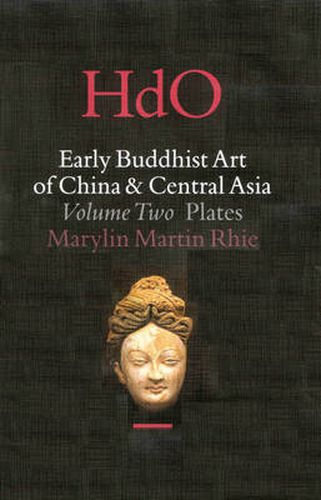Readings Newsletter
Become a Readings Member to make your shopping experience even easier.
Sign in or sign up for free!
You’re not far away from qualifying for FREE standard shipping within Australia
You’ve qualified for FREE standard shipping within Australia
The cart is loading…






Volume two of Marylin Rhie’s widely acclaimed and formative multi-volume work presents a comprehensive, scholarly and detailed study of the Buddhist art of China and Central Asia from 316-439 A.D. during the formative early periods of Buddhism in the Eastern Chin and Sixteen Kingdoms Period. Using texts translated from the Chinese together with stylistic and technical analyses, the chronology and sources of the art are more clearly defined than in previous studies for the regions of South and North China (other than Kansu) and the important sites of Tumshuk, Kucha and Karashahr on the Northern Silk Route in eastern Central Asia.
Furthermore, by incorporating extensive religious and historical materials, this work not only contributes to clarifying the regional characteristics of the art, but also offers new insights into the broader, interregional relationships of this politically fragmented period.
$9.00 standard shipping within Australia
FREE standard shipping within Australia for orders over $100.00
Express & International shipping calculated at checkout
Volume two of Marylin Rhie’s widely acclaimed and formative multi-volume work presents a comprehensive, scholarly and detailed study of the Buddhist art of China and Central Asia from 316-439 A.D. during the formative early periods of Buddhism in the Eastern Chin and Sixteen Kingdoms Period. Using texts translated from the Chinese together with stylistic and technical analyses, the chronology and sources of the art are more clearly defined than in previous studies for the regions of South and North China (other than Kansu) and the important sites of Tumshuk, Kucha and Karashahr on the Northern Silk Route in eastern Central Asia.
Furthermore, by incorporating extensive religious and historical materials, this work not only contributes to clarifying the regional characteristics of the art, but also offers new insights into the broader, interregional relationships of this politically fragmented period.